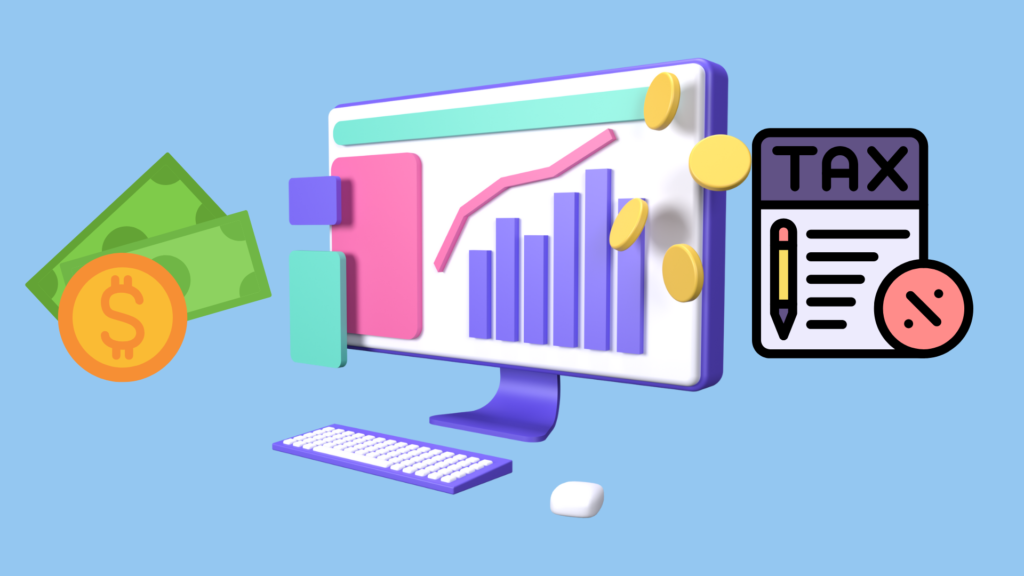A real account, also known as a permanent account, is a type of account in accounting that carries its balance forward from one accounting period to the next.

What is Real Account?
A real account, also known as a permanent account, is a type of account in accounting that carries its balance forward from one accounting period to the next. Unlike nominal accounts, which are reset to zero at the end of each period, real accounts accumulate and maintain their balances over time. They are used to record the company’s assets, liabilities, and equity, which are essential for preparing the balance sheet.
Types of Real Accounts:
- Asset Accounts: These accounts track resources owned by the company that have economic value and are expected to provide future benefits. Examples include:
- Cash
- Accounts Receivable
- Inventory
- Equipment
- Buildings
- Liability Accounts: These accounts record obligations or debts that the company owes to outside parties. Examples include:
- Accounts Payable
- Notes Payable
- Long-Term Debt
- Accrued Liabilities
- Equity Accounts: These accounts represent the owners’ interest in the company and include items such as:
- Common Stock
- Retained Earnings
- Additional Paid-In Capital
Key Characteristics of Real Accounts:
- Permanent Nature: Real accounts are permanent and their balances are carried forward from one period to the next. This means that the account balance reflects the ongoing status of the asset, liability, or equity at any given time.
- Balance Sheet Accounts: Real accounts appear on the balance sheet, which provides a snapshot of the company’s financial position at a specific point in time.
- No Closing Process: Unlike nominal accounts, real accounts are not closed at the end of the accounting period. Their balances are carried forward to the next period and continue to reflect the ongoing status of assets, liabilities, and equity.
Example of Real Account:
- Cash Account: If a company starts with a cash balance of $10,000 at the beginning of the year, and during the year it collects $5,000 in revenue and pays out $2,000 in expenses, the ending cash balance would be $13,000. This ending balance will be carried forward to the next period.
Summary:
Real accounts are crucial for understanding the ongoing financial health and stability of a business. They provide a cumulative view of what the company owns (assets), owes (liabilities), and the residual interest of the owners (equity) at any given time. These accounts help in the preparation of the balance sheet and offer a continuous record of the company’s financial position.
Leave a Reply